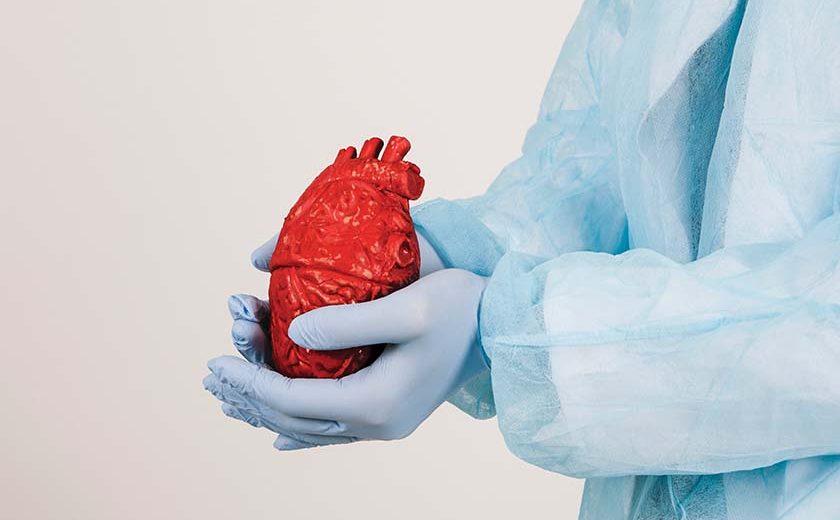Also known as Minimally Invasive Surgery Coronary Artery Bypass Graft (MICS CABG), the procedure does not involve a heart-lung bypass machine that is needed in an open heart surgery, rather a surgeon would make small incisions between the sides of the ribs to perform the operation with new methods of surgery.
Read on to find out why UiTM Private Specialist Centre (UPSC) Senior Surgeon, Prof Dr Zamrin Dimon recommends the surgery
The Due Process
Pre-surgery, a patient will be checked by a cardiac consultant and an angiogram will be done. Then, the consultant will decide on an angioplasty or a heart surgery for the patient. In the event that a surgery is needed, the consultant will advise for an open heart surgery or minimally invasive heart surgery, based on the patient’s records.
Minimally Invasive Heart Surgery VS Open Heart Surgery
In an open heart surgery, the sternum bone (chest bone) will be cut open in order for surgeon to reach patient’s heart. In a MICS CABG, the cut is an 8cm incision on the side in between the rib cage. UPSC is one of a very few centres that is able to perform this technique.
With this surgery, our patients are able to walk by the second day of procedure and discharged by day four or five, while open heart surgery patients take up to two weeks of hospitalisation, and up to two months to heal.
The Ideal Patient
- Between 40 and 68 years old
- Has the most suitable anatomical shape of heart
- Good outcome (prognosis) – based on overall pre-surgery assessment
The main benefit of a minimally invasive cardiac surgery is that it is minimally invasive compared to an open-heart surgery. Smaller incisions mean that you can heal faster and return to activities more quickly. Other benefits include:
- Smaller incisions with minimal scarring
- Less trauma to the patient, including less pain
- Shorter hospital stay
- Shorter recovery and quicker return to daily and professional activities
- Smaller risk of infection
Types of MICS CABG
Minimally invasive heart surgery can be applied in the following instances:
- To repair or replace the Miral valve
- To repair or replace the Aortic valve
- Coronary Artery Bypass Grafting
- To implant Ventricular Assisted Device (a battery operated, mechanical pump) in end stage heart failure
- To repair Atrial Septal Defect (a ‘hole’ in the wall that separates the top two chambers of the heart)
- To repair or replace the Triscuspid valve.
- To restore normal heart rhythm for patients with Atrial Fibrillation (an abnormal heart rhythm that can cause heart palpitations and fatigue)
Surgery Cost: The cost would vary depending on the type of surgery that is required.
MICS CABG is still considered a fairly recent development and most patients are still unaware of this alternative method to open heart surgery. UPSC works hard in spreading the news so that the benefits can be enjoyed by everyone. Most patients who come to UPSC to undergo the surgery have given positive feedback especially on its clinical outcome.
Why Is This Procedure Not Popular In Malaysia?
- Lack of awareness among Malaysians
- Only a handful of surgeons are currently able to perform this surgery
I also train heart surgeons all over Malaysia including professionals at the National Heart Institute (IJN) to ensure the surgery option is widely available here. Patients in Malaysia should be given options, thus more surgeons should be trained to perform the minimally invasive heart surgery.
 Prof Dr Zamrin Dimon
Prof Dr Zamrin Dimon
Senior Surgeon,
UiTM Private Specialist Centre (UPSC)


